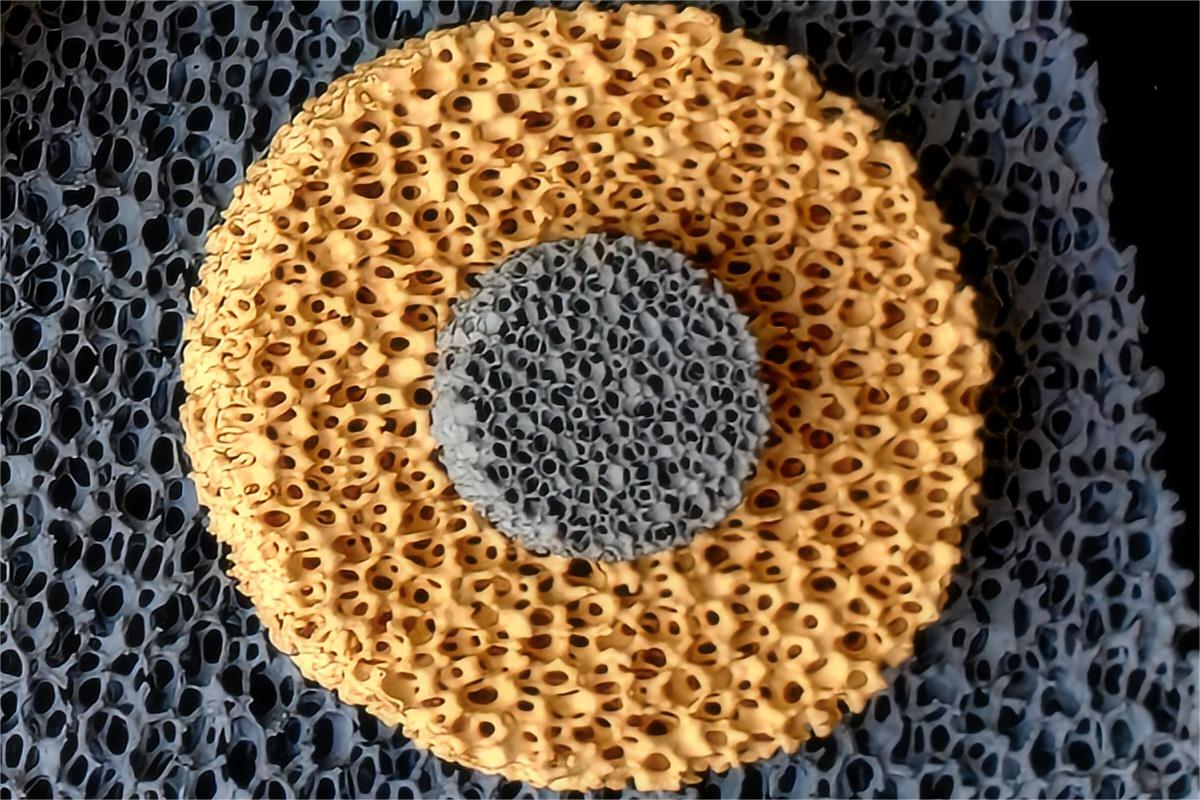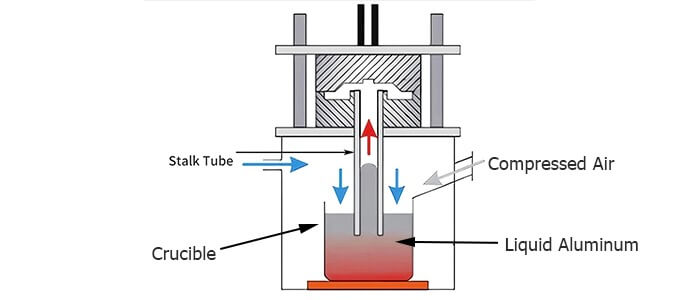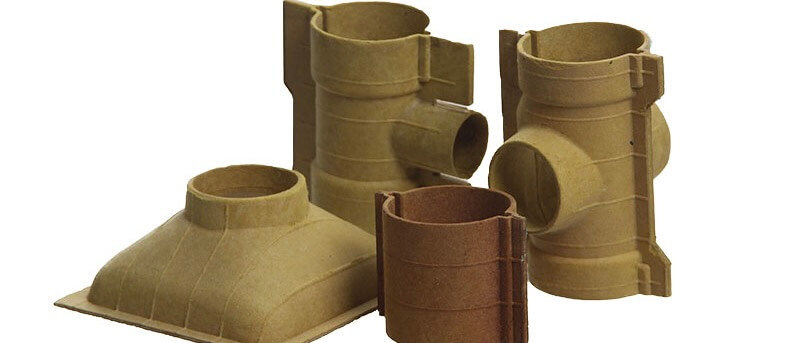Introduction
In the field of metal casting, the quality of the final product is highly dependent on the efficiency and cleanliness of the molten metal flow during the pouring process. One critical component that plays a significant role in ensuring smooth and impurity-free metal transfer is the filter. These filters are strategically placed within the gating system to remove inclusions, reduce turbulence, and improve the overall casting quality
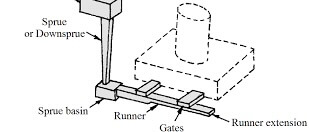
Function of Filter in Gating Systems
The primary purpose of filters in casting is to act as a barrier that captures impurities such as slag, oxides, and other non-metallic inclusions present in the molten metal. As the metal flows through the gating system, the filter traps these unwanted particles, preventing them from entering the mold cavity. Additionally, filters help in reducing turbulence, which can lead to gas entrapment and surface defects. By promoting laminar flow, they contribute to a more controlled and uniform filling of the mold, ultimately enhancing the mechanical properties and surface finish of the cast product.
Installation Position of Filters in Gating Systems
The placement of filters within the gating system is a critical factor in ensuring optimal filtration efficiency while maintaining smooth metal flow. Typically, filters are installed at key transition points where molten metal changes direction or enters narrower passages, such as between the pouring basin and sprue, within the runner, or just before the metal enters the mold cavity. This positioning allows the filter to effectively capture impurities while minimizing flow resistance. Proper alignment and secure seating of the filter are essential to prevent metal bypass or turbulence. The chosen location must balance filtration effectiveness with the need to avoid excessive pressure drop, ensuring that the molten metal fills the mold uniformly without premature solidification or air entrapment.
Types of Filters Used in Casting
Filters used in casting are typically made from ceramic or refractory materials, chosen for their high-temperature resistance and durability. The most common types include ceramic foam filters, extruded filters, and mesh filters. Ceramic foam filters are widely used due to their porous structure, which provides excellent filtration efficiency while maintaining adequate metal flow rates. Extruded filters, made from densely packed refractory materials, offer higher mechanical strength and are suitable for high-pressure casting processes. Mesh filters, constructed from woven refractory fibers, are often used in applications requiring fine filtration. The selection of the appropriate filter type depends on factors such as the metal being cast, the required filtration level, and the gating system design.
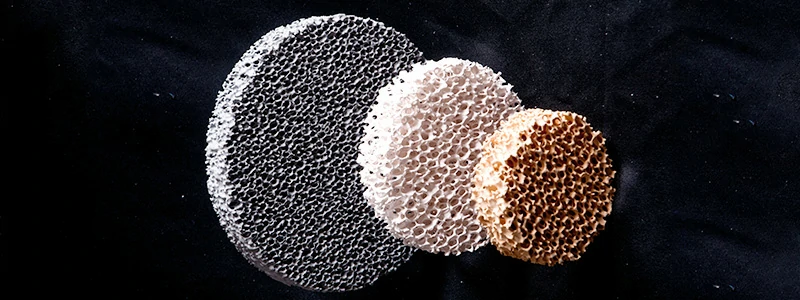
Benefits of Using Filters
The incorporation of filters in the gating system offers several advantages. First and foremost, they significantly improve casting quality by reducing defects such as inclusions, porosity, and surface imperfections. This leads to higher yield rates and lower rejection rates in production. Secondly, filters contribute to better mechanical properties by ensuring cleaner metal with fewer impurities, which is particularly important for high-performance cast components. Furthermore, the use of filters can extend the lifespan of molds and dies by minimizing erosion caused by turbulent metal flow.
Considerations for Effective Application
The positioning of the filter within the gating system is crucial; it must be placed where it can maximize impurity removal without causing excessive flow restriction. The pore size and thickness of the filter should be selected based on the metal’s viscosity and the desired filtration level. Additionally, the filter material must be compatible with the molten metal to avoid chemical reactions that could degrade filtration performance.
Conclusion
Filters play an indispensable role in modern casting processes by enhancing metal purity, reducing defects, and improving the overall efficiency of the gating system. Their application spans various casting methods, from sand casting to investment casting and high-pressure die casting. By selecting the appropriate filter type and optimizing its placement, foundries can achieve higher-quality castings with improved mechanical properties and surface integrity. As casting technology continues to advance, the development of more efficient and durable filter materials will further enhance their contribution to the industry.

